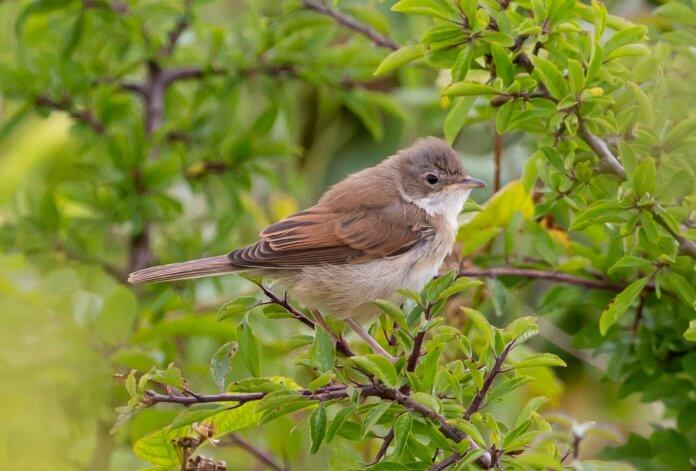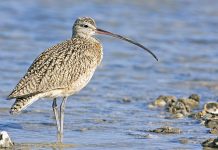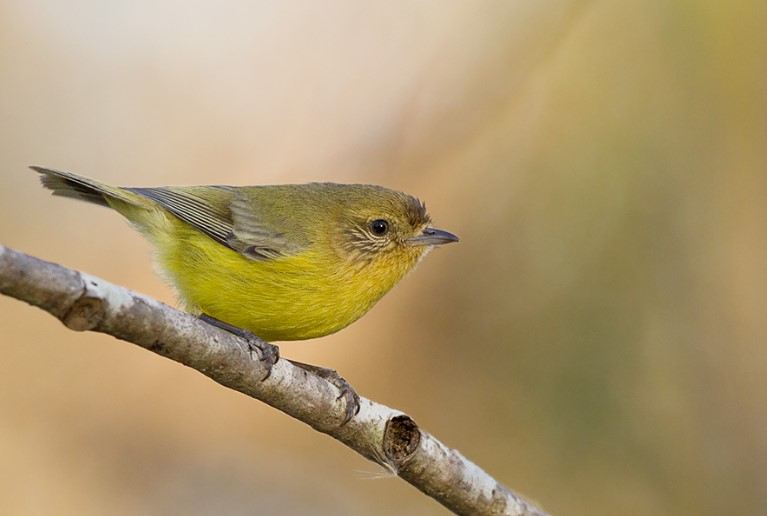Distribution
The migratory White throat bird also called the greater white throat “Curruca communis” is a typical warbler that breeds throughout Europe and across Western Asia.
The common white throat is mostly found in open cultivation, with bushes for nesting. It is insectivorous; prefers to eat berries and other fruits. They build their nest at low shrubs and brambles. The clutch contains 3 to 7 eggs like other warblers.
Identification
White throat is 13-15 cm in length. It has brownish upper parts; pale underparts, whiter on throat; wing coverts, tertials, and secondaries with buff edges; legs and bill pale gray.
The breeding male is with gray head; the non-breeding male, female, and juvenile with a brownish head. The wing is 66-77 mm.

Aging
There are four types of age that can be recognized: Juvenile with fresh plumage; iris grayish (a useful character during all the autumn). The first year autumn with moult limit on the wing between moulted greater coverts, with dark buff edges, and juvenile retained, with paler buff edges (without moult limit if all greater coverts have been moulted or all are unmoulted).
If the outermost tail feathers are unmoulted, then with brownish tinge and badly defined white edges. In the second year spring only in birds with juvenile tail feathers, which are much worn. If flight feathers are unmoulted then much more eroded than adults and the primary coverts are worn and pointed. (These characters are not always easy to see).
Adult in autumn without moult limits and fresh, therefore, some birds have suspended moult); iris reddish-orange; outermost tail feathers pure white. In spring wing feathers are moderately fresh.

Moult
The post-breeding moult often finished in late September. However, some birds suspend their moult before migration to be finished in wintering quarters, so can have old and fresh flight feathers on passage. Partial post-juvenile moult is including body feathers and lesser and median coverts.
Some or all the greater coverts and sometimes tertials and tail feathers; are frequently finished in September. Both types of age have a pre-breeding moult which can be complete in some 2nd-year birds and moult all wing coverts and most of the flight feathers in adults.
Similar Species
Recalls a Spectacled Warbler with a similar wing pattern but smaller (12-13 cm; wing 53-57 mm) in size.
Sexing
In the spring male with a gray head with lesser wing coverts with gray centers; and the breast is with a pinkish tinge; the iris is bright orange. The female bird is without gray on the head; lesser coverts brown or gray-brown; breast without pink tinge; iris yellow-brown to olive-brown.
However, some adult females have gray on the head and there are 2nd-year males without gray on the head and many birds are intermediate, so this species can be confidently sexed only in extreme birds due to overlap).
In autumn sexes are very similar, so sexing is very difficult and possible only in very extreme bids: male with gray on the base of crown feathers and center of lesser coverts; breast with pinkish tinge; iris brown-orange.
The female white throat is without gray on the base of crown feathers and center of lesser coverts; the breast is without pinkish tinge; the iris yellow-lemon. Juveniles and 1st year cannot be sexed using plumage characters.
Status
It is mainly a summer visitor, widely distributed throughout the mountainous areas of the Aragon Region. Therefore, it is widespread on passage.

Read More – The White Wagtail (Motacilla alba)






